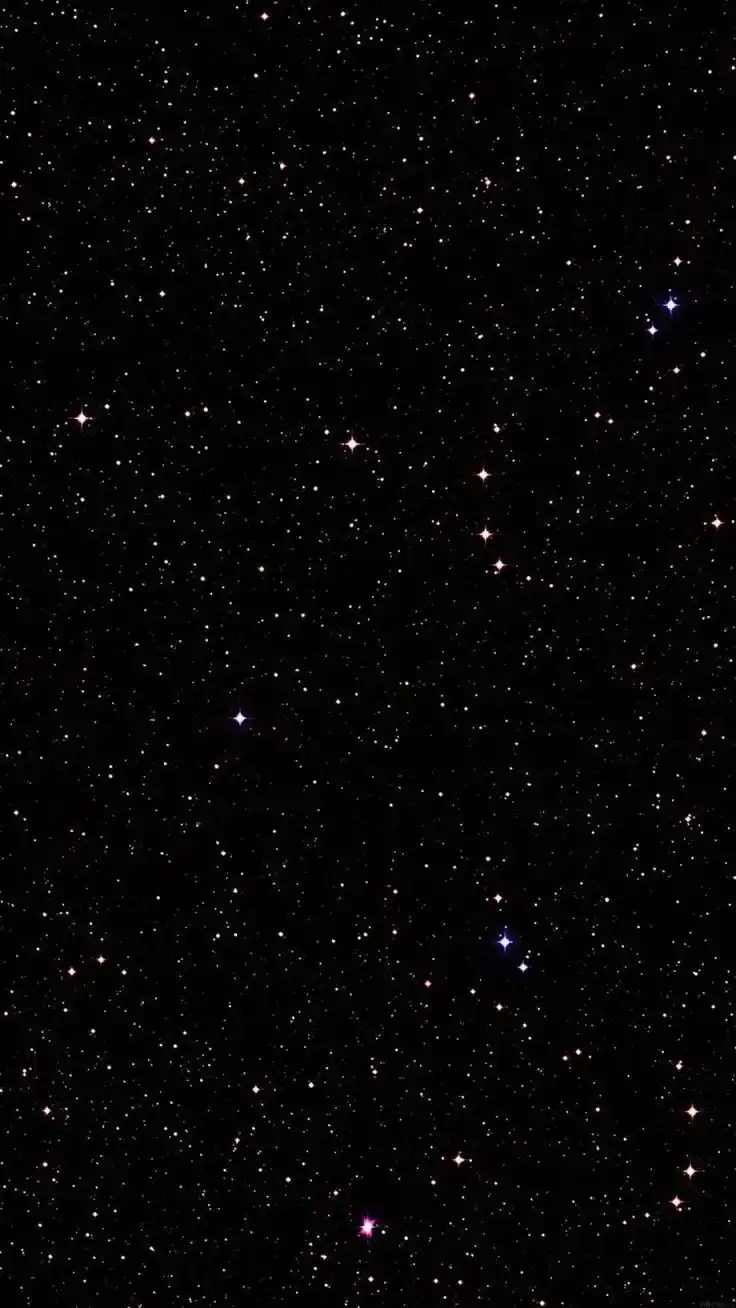

The source of the book
This book is published for the public benefit under a Creative Commons license, or with the permission of the author or publisher. If you have any objections to its publication, please contact us.
Archaeology of Aboriginal Australia: A Reader
(0)
Author:
Tim MurrayNumber Of Downloads:
75
Number Of Reads:
12
Language:
English
File Size:
12.07 MB
Category:
Social sciencesSection:
Pages:
758
Quality:
excellent
Views:
893
Quate
Review
Save
Share
Book Description
During the past thirty years the human history of the Australian continent has become the object of intense national and international interest. These years have been the 'decades of discovery', featuring fieldwork and analyses which have rewritten the distant past of Australia almost on a yearly basis. One measure of the international significance of these discoveries is the listing of three great archaeological provinces (Kakadu, Lake Mungo, and South West Tasmania) on the World Heritage Register.
"The Archaeology of Aboriginal Australia" seeks to convey a sense of the excitement and significance of the research undertaken during the 'decades of discovery'. The material presented here--specially commissioned essays and key published articles by new and established scholars--focuses on the themes and issues which continue to attract the most attention among archaeologists:
* the antiquity of the human settlement of Australia
* patterns of colonisation
* the significance of change in Aboriginal society in the late prehistoric period
* the usefulness of reconstructions of past ecological systems in understanding the
histories of Aboriginal societies
* the value of rock art and stone tool technology in understanding the human history
of Australia
* the archaeology of Aboriginal-European contact
An overview chapter discusses changes in the practice of Australian archaeology (and the political context in which it is undertaken) during the last two decades. "The Archaeology of Aboriginal Australia" also conveys the fact that there is by no means a 'party line' among practitioners about how to understand more than 40,000 years of human action.
Tim Murray
Tim Murray is an archaeologist, professor, and executive Dean based in Melbourne, Australia. His interest in the material culture of the past began as a child collecting stone tools on his family property in rural New South Wales. He was educated in Sydney and embarked on an arts degree at the University of Sydney in the late 1970s, combining philosophy, anthropology, and history. He graduated with a double honors degree in history and anthropology, exploring the life and career of Gordon Childe (anthropology) and nineteenth-century race theory (history). After fellowships in Cambridge and the University of Arizona, he returned to Sydney to complete a doctoral dissertation, entitled Remembrances of Things Present: Appeals to Authority in the History and Philosophy of Archaeology.Tim Murray joined Professor Jim Allen in his newly formed archaeology department at La Trobe University in Melbourne, Victoria, in 1986 and was appointed to the Chair on Allen’s retirement in 1995. He became Head of the School of Historical and European Studies in 2001 and Dean of the Humanities and Social Sciences in 2010. At this time he was appointed Charles La Trobe Professor in recognition of his distinguished service to the University in research.
Throughout his career, Tim Murray has pursued ambitious academic research while managing senior administrative duties. He remained active and engaged in the international research community as a research fellow and has held visiting professorships in France, the United Kingdom, and the People’s Republic of China. He was made a Fellow of the Society of Antiquaries of London and Australian Academy of the Humanities in 2003. Tim Murray is best known as a theoretical archaeologist. In the 1980s and 1990s, he was one of a small group of archaeologists instrumental in focusing on the importance of temporality in the archaeological record that has come to be known as time perspectivism (Murray 1999a). He has been a vocal critic of theoretical approaches that reduce archaeology to a kind of “palaeo-ethnography” by adopting models from anthropology with little consideration about how to adapt these to make them more appropriate to prehistoric archaeological contexts (Lucas 2007: 156). Throughout his career, these concerns have underpinned a broad engagement with all levels of archaeological enquiry, its history, and politics. His early research on the prehistory of Australia and the Pacific was in the field of settlement patterns and frontier modelling. He has conducted pioneering research into contact societies and the history of the Van Diemen’s Land Company. Following a dispute with traditional owners in Tasmania in the early 1990s, his contentious pursuit of access to archaeological data drew global attention to the negotiation of cultural rights of archaeological recourses. Many years after the resolution of the debate (Lucas 2007: 156), Murray continues to comment on the maturing relationship between archaeologists and traditional owners of Australia’s prehistoric archaeological information (Murray 2011).
Read More
Sorry, this book file is currently unavailable. We're working on a full website update, and the file will be uploaded soon. Thank you for your patience and interest.
Rate Now
1 Stars
2 Stars
3 Stars
4 Stars
5 Stars
Quotes
Top Rated
Latest
Quate
Be the first to leave a quote and earn 10 points
instead of 3
Comments
Be the first to leave a comment and earn 5 points
instead of 3